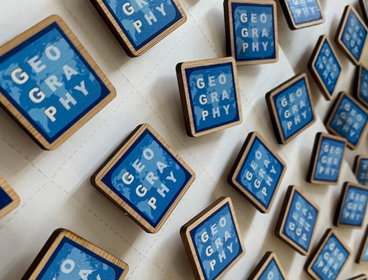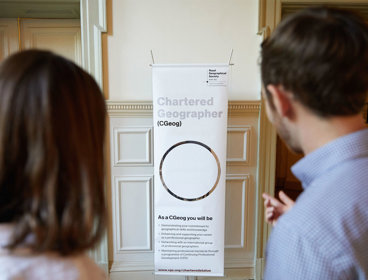Digital twins are data models of places, systems or even a product, bridging the physical and digital domains. It's a technology in use today across multiple sectors.
Geography often lies at the core of these models with many digital twins used to test and explore real-world geographical issues. As the technology develops, considerations around data access, safe and ethical data sharing, standards and interoperability are central to realising the social, environmental and economic benefits offered by a data-enabled ecosystem.
For Ordnance Survey, we recognise that as national mapping service for Great Britain we have a role to play in supporting the integration of geospatial data with digital twins to help drive innovation and market growth, as well as help improve infrastructure management and understanding of risks.
Join us as we explore what makes a digital twin, the challenges and opportunities they present, and examine case studies which demonstrate how data and technologies are used to simulate and accurately represent the real world, transforming industry and government, providing deeper insights and enabling proactive decision-making.
Rethinking Digital Twins: Beyond 3D Models
Digital Twins are often misunderstood as just 3D models of construction projects. While creating a digital twin in the capital phase is relatively straightforward due to abundant funding and a limited location extent, the real challenge lies in maintaining it during operations—where budgets are tight, coverage is vast, and granular construction-level data isn’t always necessary.
To avoid Digital Twins becoming a costly, short-lived initiative, we must focus on long-term operational sustainability. Our approach integrates:
- Network Model & Geovision – The foundation, mapping our geography.
- Compass – The digital twin of our organisation.
- BIM – Representing our major construction projects, with a focus on optimizing handover into a unified platform.
The term "Digital Twin" is widely used but lacks a universal definition, often leading to unrealistic expectations. It can range from basic data capture to a high-fidelity, real-time model. Without clear internal alignment, we risk adopting Digital Twins for the sake of it rather than solving real problems.
Our goal should be to define what a Digital Twin means for us, establish a clear roadmap, and focus on tangible benefits beyond the buzzword.



